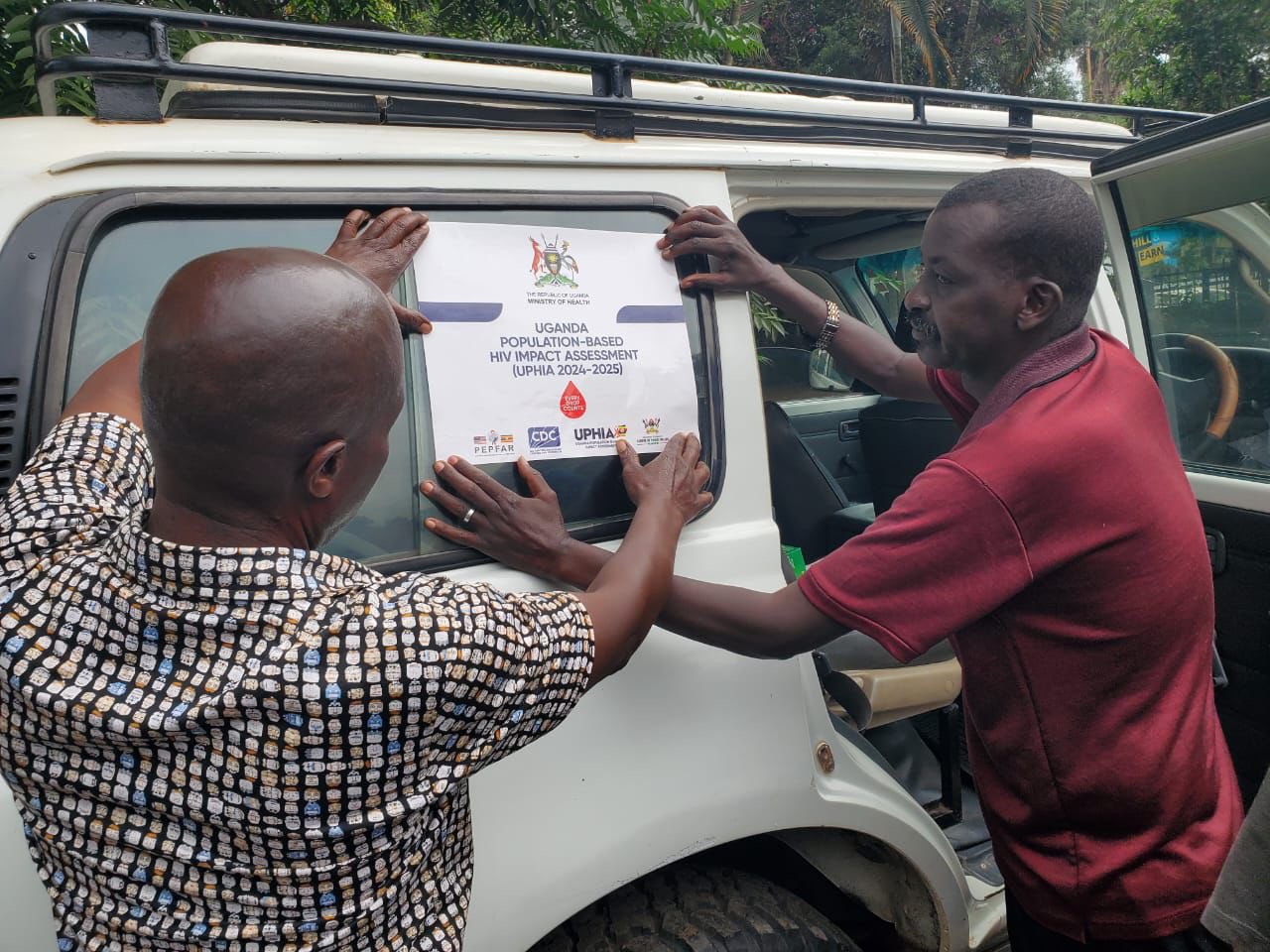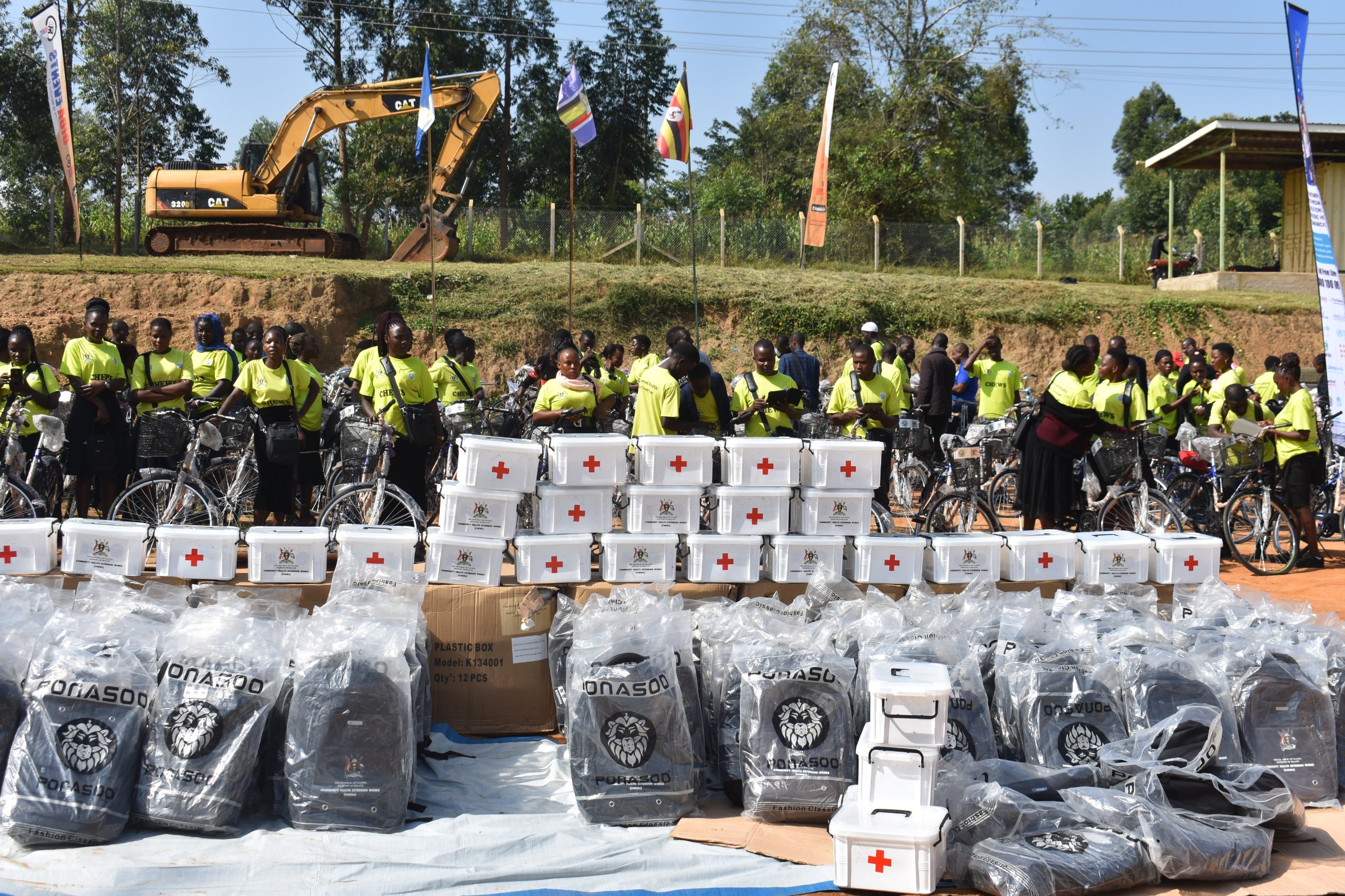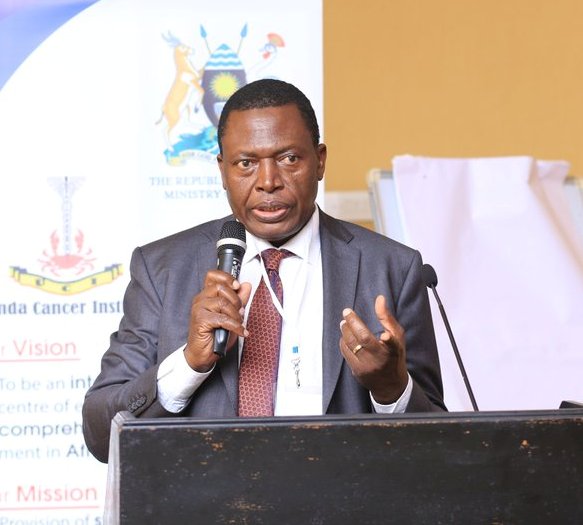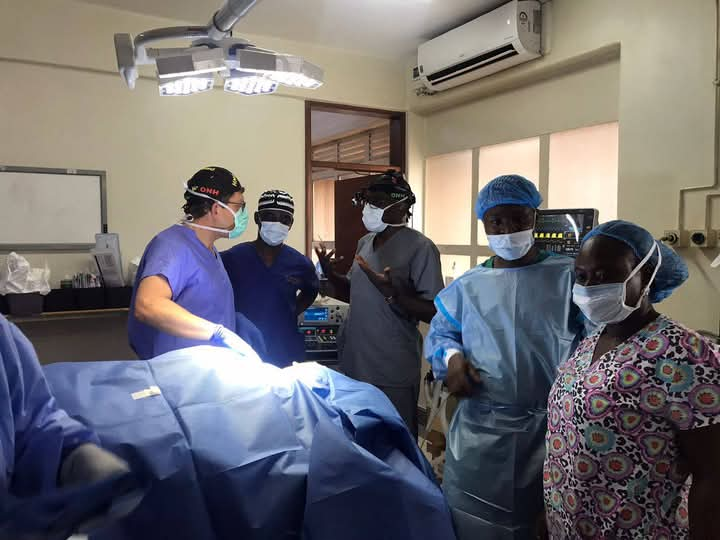Health Ministry highlights strategies to curb high rate of teenage pregnancies
According to the Department of Reproductive and Child health, about 20% of the global population are adolescents. In Uganda, 34.5% are aged 10-24 years while 71% are aged 10-19 years.

The Ministry of Health organized a breakfast meeting focusing on adolescent and school health issues particularly the ongoing campaign to end teenage pregnancies.
According to the Department of Reproductive and Child health, about 20% of the global population are adolescents. In Uganda, 34.5% are aged 10-24 years while 71% are aged 10-19 years.
Dr. Henry G. Mwebesa, the Director General Health Services at the Ministry of Health and Guest of Honor, who officially opened the media breakfast meeting, pointed out that the Ministry’s target is to reduce the rate of teenage pregnancies from 24% to below 15% in the next 5 years.
“Our target is to reduce it from 24% to 15% in the next 5 years. And to do that, our strategies have been revived,” he said while addressing journalists at Lourdel Towers in Kampala.
Highlighting some of the strategies that the Ministry is implementing to curb teenage pregnancies, Dr. Mwebesa noted enabling policies and frameworks, increased advocacy for adolescent health, and collaborative partnerships among others.
He further called upon parents to play their role in this fight against teenage pregnancies and not neglect their roles in the health sector alone. “It cannot be a role to the health sector alone. It should start from home,” Dr. Mwebesa emphasized.
Dr. Richard Mugahi, the Commissioner in charge of Reproductive and Infant health, pointed out that fistula is one of the major effects of teenage pregnancies and a very unfortunate condition. “The reproductive system is not developed. This means that a baby that cannot go through it adequately hence obstructive labor,” he said in his explanation about fistula.
Dr. Mugahi also pointed out that 18% of all the mothers who die in Uganda are teenagers and this is due to pregnancy-related complications such as sepsis due to Abortion.
Dr. Rachel Beyagira, the Assistant Commissioner in charge of Adolescent and School health, while answering a question about the rates of repeated pregnancies among adolescents said, “Through our stagnant teenage pregnancy rates, we’ve come to learn that most of these pregnancies are repeat pregnancies. That is mainly because of the increased poverty, especially during the COVID-19 era while others just don’t see the need to go back to school after giving birth.”
Dr. Allan Kasozi, a Senior Medical Officer at the Department of Reproductive and Child Health, called upon the general public to invest in the young generation by giving them quality education and proper health. “If we purpose to invest in the young generation, give them quality education and proper health they need, then we can hope for a future generation that is less dependent,” he said as the meeting came to an end.
Engaging and partnering with the media is one of the strategies currently being carried out by the Department of Reproductive and Infant health in a bid to raise awareness of the growing burden of teenage pregnancy and the measures implemented by the Ministry of Health and its partners.







